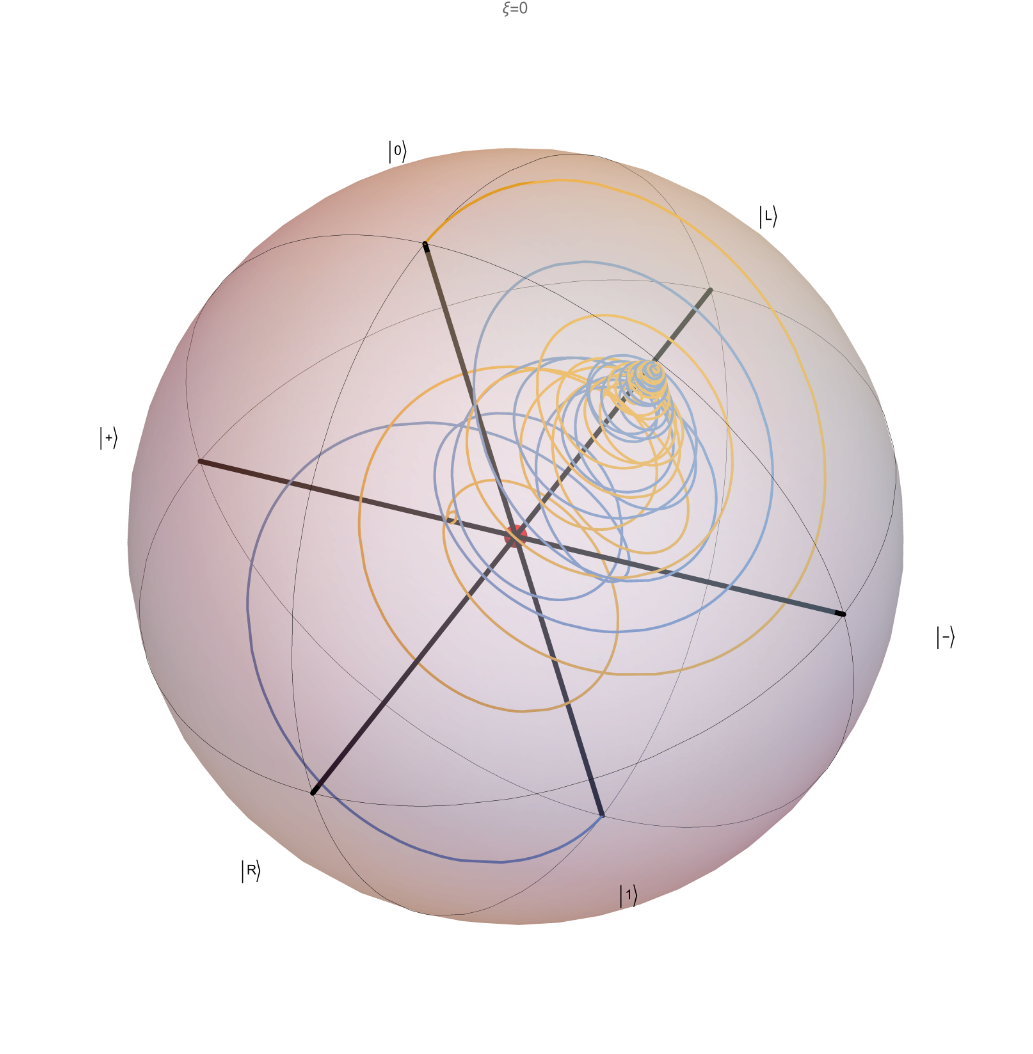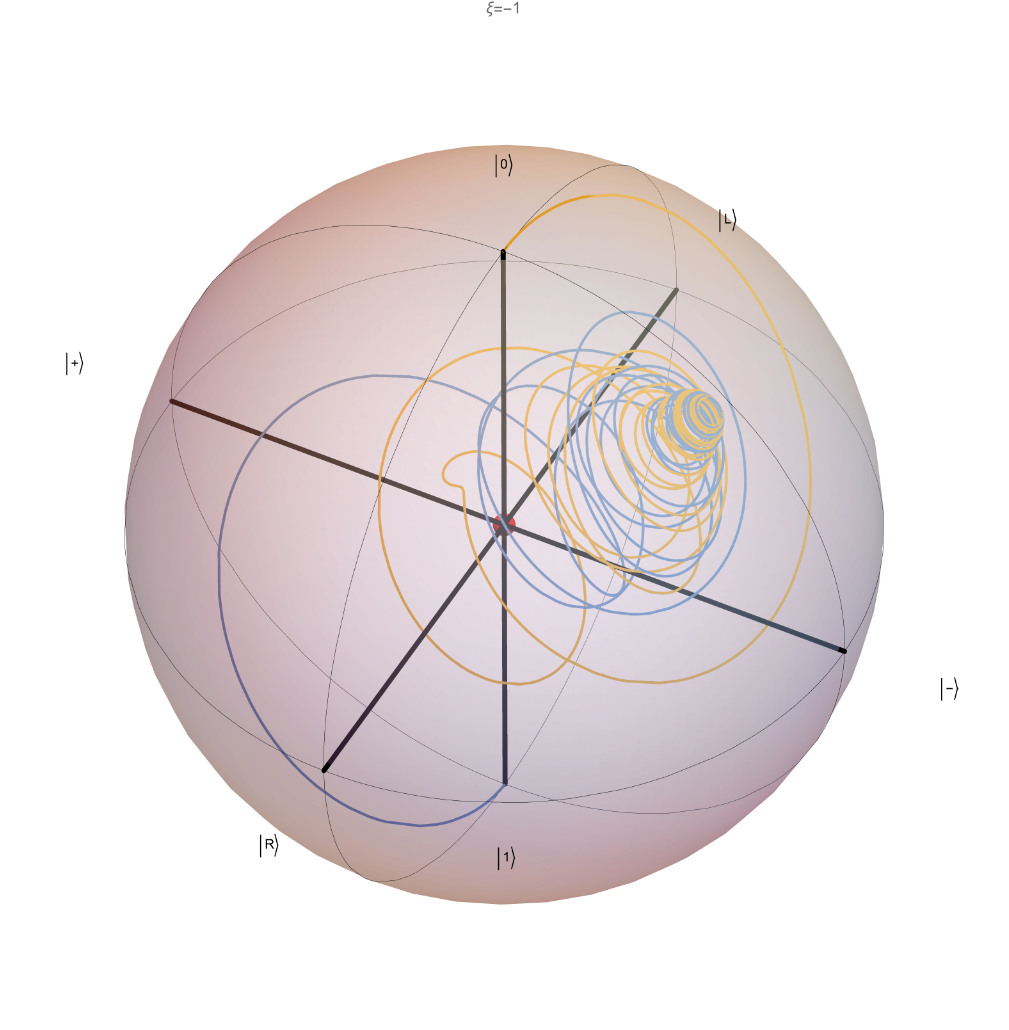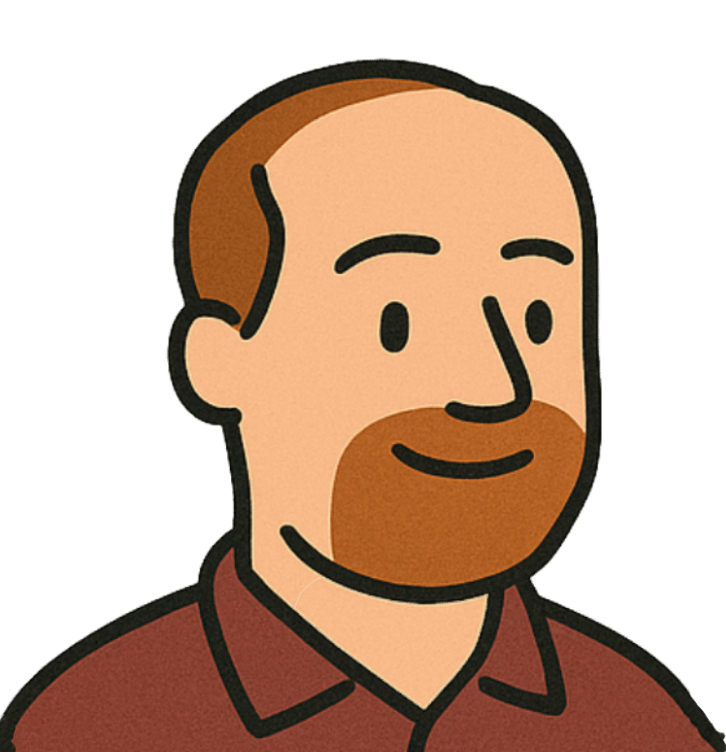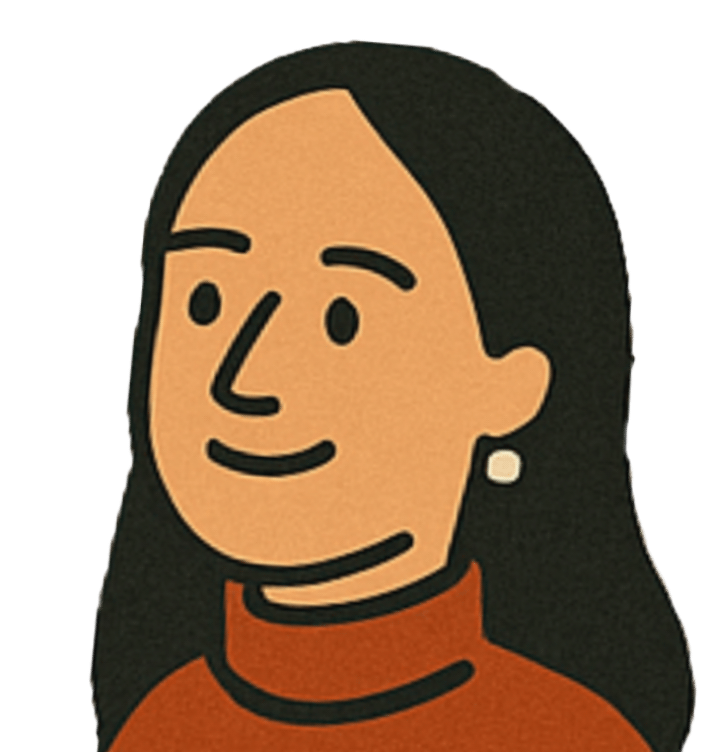Quantum
Computation



In collaboration with Prof. Gabe Spalding at Illinois Wesleyan's Department of Physics, we delivered a guest lecture on symbolic and computational quantum programming using the Mathematica.
Led by Wolfram's Principal Academic Solutions Developer John McNally, the talk introduced symbolic circuit modeling, tensor network contraction, noise simulation, and multi-language interoperation within a single Mathematica notebook interface.

John McNally
Principal Academic Solutions Developer

Yi Yin
Associate Director of Academic Innovation
Overview
In collaboration with Prof. Gabe Spalding at Illinois Wesleyan's Department of Physics, Wolfram Research delivered a guest lecture on symbolic and computational quantum programming using the Mathematica.
Led by Wolfram's Principal Academic Solutions Developer John McNally, the talk introduced symbolic circuit modeling, tensor network contraction, noise simulation, and multi-language interoperation within a single Mathematica notebook interface.


What Made This Lecture Stand Out
Symbolic Quantum Computation
Students and researchers saw how quantum circuits, operators, states, and noise channels can all be defined symbolically—and evaluated analytically or numerically—without manually managing dimensions or datatypes.
Tensor Networks at the Core
Behind every simulation in Mathematica is a tensor network model. John illustrated how this underpins deterministic, symbolic evaluation and why it outperforms state-vector methods for certain classes of circuits.
Multilingual Interoperability
Mathematica notebooks were shown running Python (e.g., Qiskit, Classiq), Julia, and external libraries seamlessly—allowing teams to preserve existing workflows while gaining symbolic analysis and high-level control.
Rapid Circuit Modeling
Realistic circuits with measurement gates, depolarizing noise, and symbolic parameters were evaluated live—highlighting how results degrade with noise and how symbolic parameters help model thresholds.
Topics Covered
Foundations of Quantum Computation in Mathematica
- —Operators, states, measurements, and noise defined as first-class symbolic objects
- —Gate sets, partial traces, and entanglement measures available out of the box
- —Support for Hamiltonian evolution, open quantum systems, and analog simulations
Simulation Infrastructure
- —Tensor network contraction as the core simulation method
- —Option to evaluate circuits using Qiskit, IBM hardware, or custom backends
- —Runtime method selection via `Method -> options`
Interoperability with External Platforms
- —Integration with Python libraries like Classiq, Qiskit
- —Round-tripping: build circuits in partner tools, analyze them symbolically in Mathematica
- —Discussions on future GPU acceleration with NVIDIA's tensor libraries
Use Cases and Future Development
- —No built-in error correction yet, but extensible APIs for custom schemes
- —Planned expansions include chemistry (molecular modeling, DFT) and crystallography
- —Discussed applications in quantum hardware design, materials, and educational outreach
Bring This to Your Team
Our Academic Innovation Support Team regularly delivers custom lectures and workshops for undergraduate and graduate courses, faculty seminars, and teams exploring quantum computation.
Symbolic Modeling
Prototyping workflows and interactive exploration
Multi-language
Python, Qiskit, and Julia integration
Visualization
Interactive exploration for education and R&D